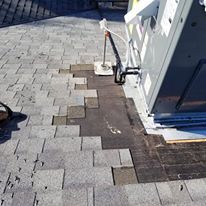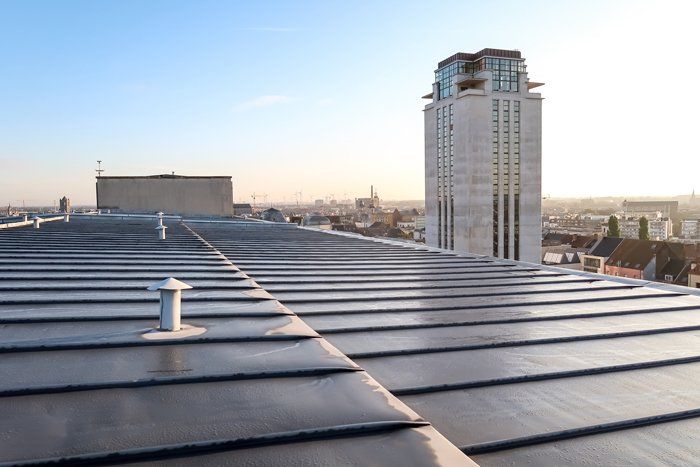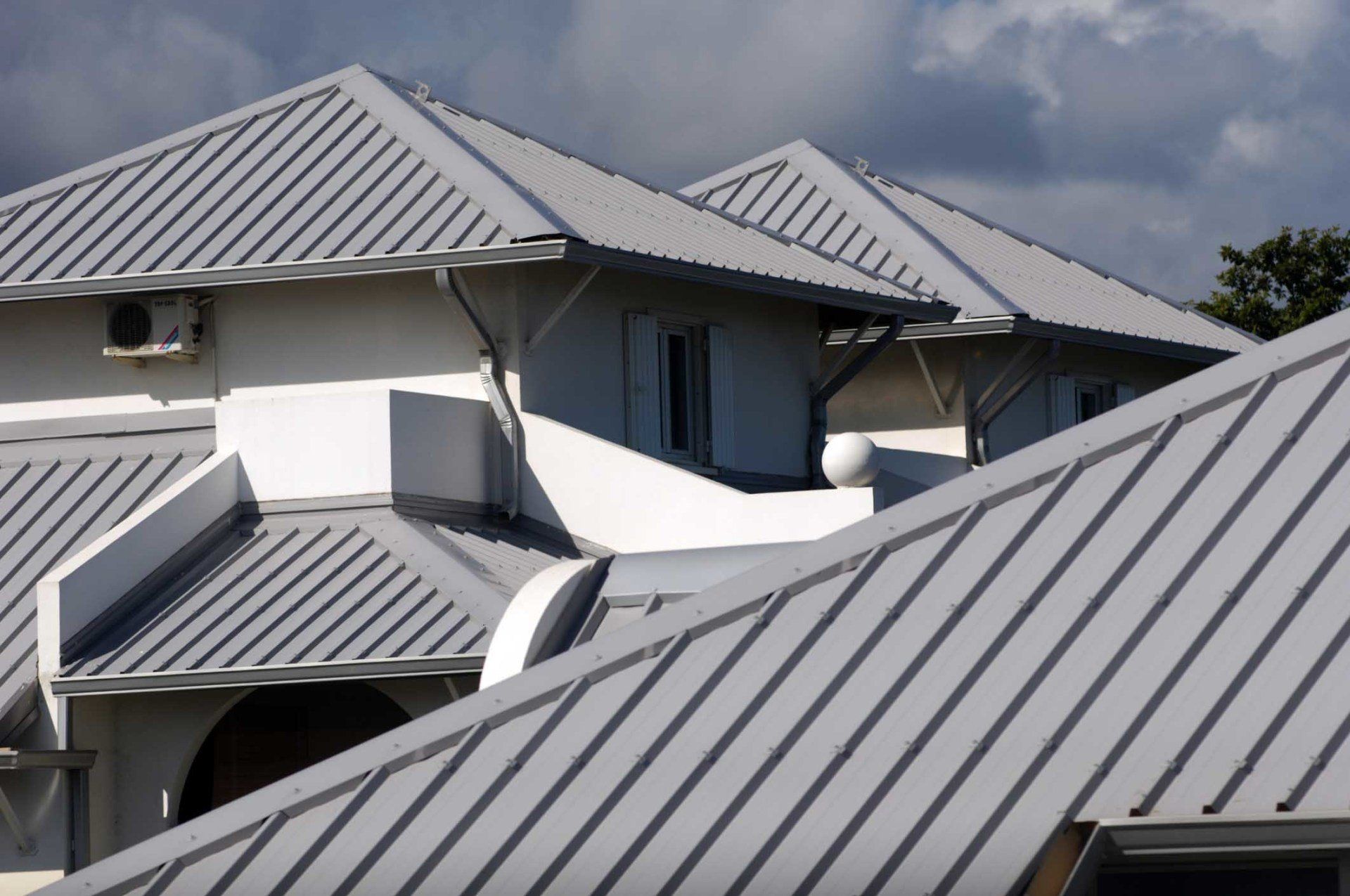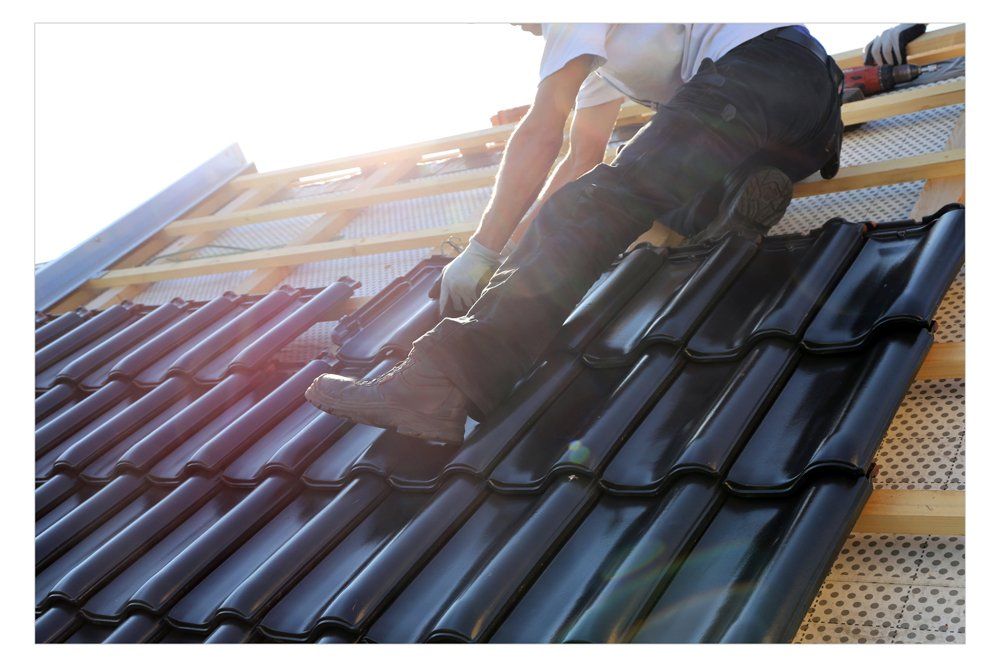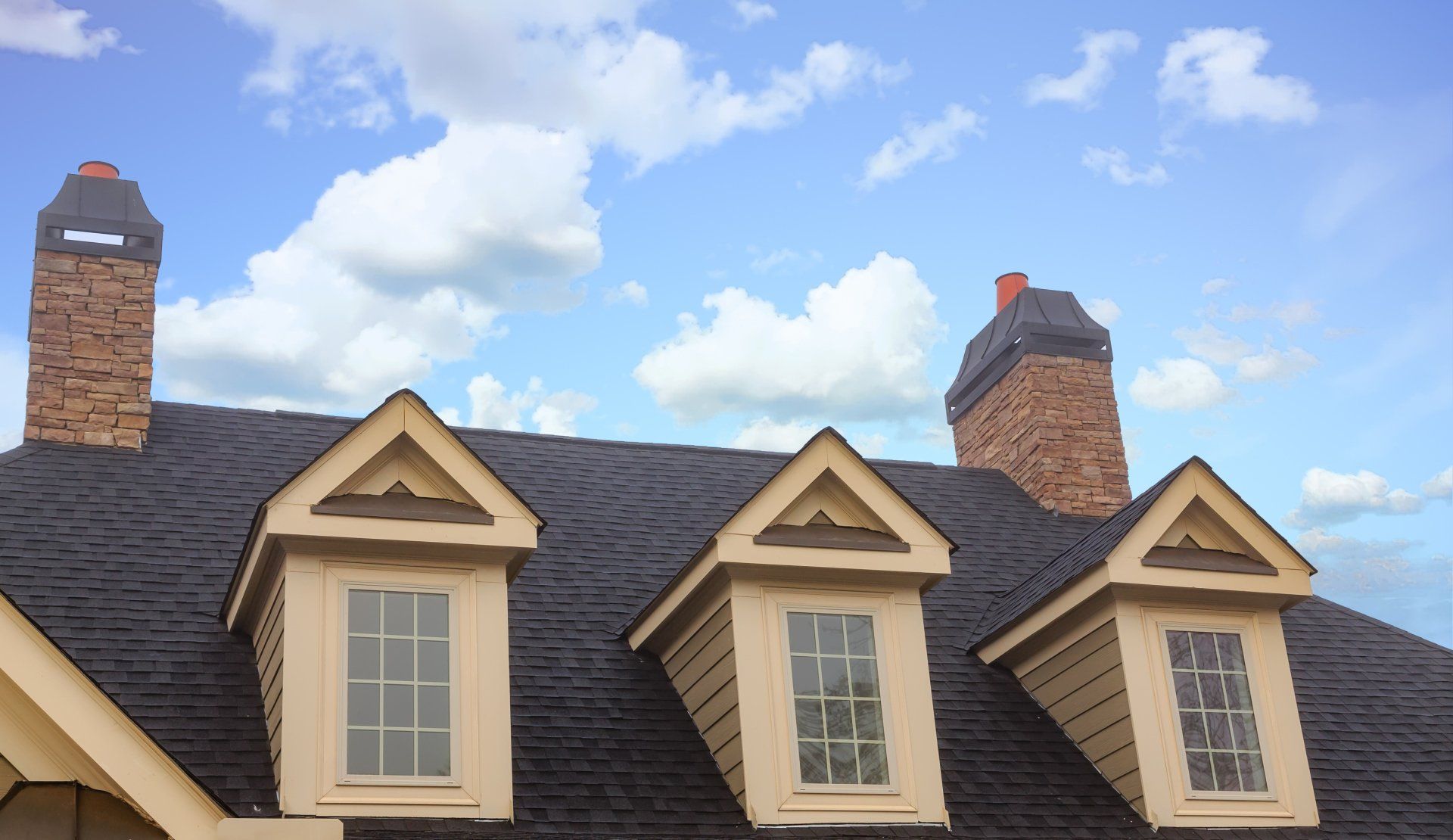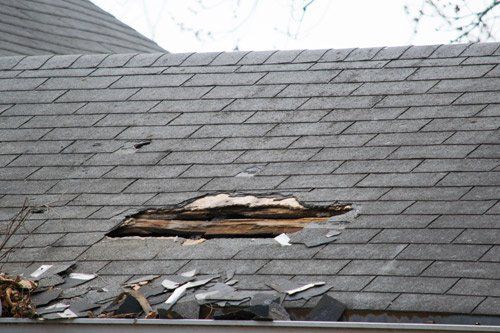Asphalt Roof Damage: Should You Repair or Replace?
Asphalt shingles are not designed to last forever, so eventually, you will need to think about a roof replacement. Of course, not every roof problem necessitates a new roof. Before you decide whether to repair or replace, take the time to fully assess the current condition of the roof.
Age and Condition
Many factors may influence your decision on roof maintenance and replacement, but the age and condition are perhaps the most important things to consider.
Expected Lifespan
The average lifespan of an asphalt shingle roof is between 15 and 40 years , but many factors can influence this number. If your roof is approaching the maximum lifespan recommendations from the manufacturer or roofing installer, then usually a new roof is a better option than a repair.
On the other hand, if your roof is still relatively new in regards to expected lifespan, a repair may be a better option. Likely, the majority of the roof probably has a lot of life left in it - as long as the damage is limited to a localized area.
Past Repairs
A history of repairs on your current roof can indicate you need to simply replace it. For example, if your last replacement was an overlay or reroofing (where new shingles are installed over the old), then extensive repairs may not be possible, and a replacement is a better option.
Frequent repairs are another concern that may indicate that a replacement is a better option. If damage keeps occurring, particularly in the same spot, or if the damage has affected the underlayment and decking, a replacement may be the only long-term solution.
Color Concerns
It can be difficult to color match new shingles to old. The older the roof, the more challenging a color match becomes. The color difference can make anything but a small repair obvious, which will give the roof an unattractive patchwork appearance.
If color is a concern, then any patches necessary in highly visible areas may not be acceptable. Only small patches and those on parts of the roof that aren't highly visible will be suitable for repair as opposed to replacement.
Damages
The type and extent of the damage should also influence your decision on whether to replace or simply repair the roof.
Active Leaks
An active leak needs immediate addressing. If the leak is new and damage has not progressed from the immediate area of the leak, then a repair is often possible. Your roofing crew will patch or replace the section of damaged decking, then they will replace the underlayment and shingles.
The key here is to catch leaks early. Monthly attic inspections where you look for wet insulation, water-stained rafters, and musty odors can help you catch a leak while a repair is still possible.
Rot Issues
Leaks that have gone on for some time can lead to more extensive damages, particularly to the roof decking. Once the decking begins to rot, a roof replacement is the best option.
Rotted decking poses more than a leak hazard. As the decking weakens, the roof can begin to fall inward. Worse, the rot in the decking boards can spread to joists and support beams, resulting in even more expensive damages to the roof.
Flashing and Seals
Shingles aren't the only aspect of your roof to consider. Metal flashing protects roof valleys and is also sometimes around the base of chimneys and other rooftop appliances. Caulk, tar, and rubber boots are also sometimes used to seal around rooftop items.
Fortunately, damage to these aspects doesn't usually necessitate a full replacement as long as leaks haven't compromised the decking below. You can simply replace the flashing or boots and re-caulk or tar the seams, often without the need for any shingle work.
Contact Econo Roofing for more help with addressing your roofing concerns.






